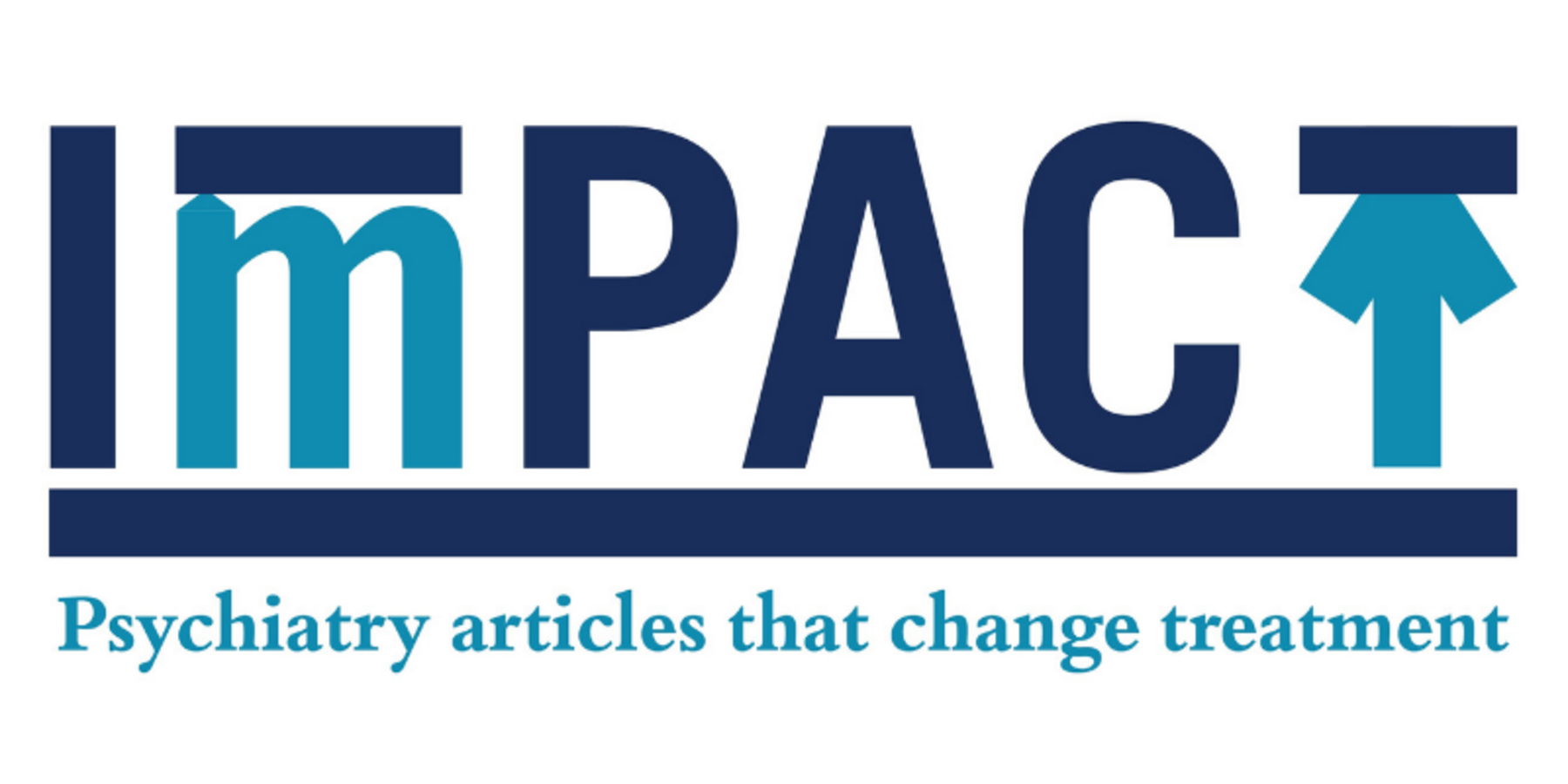Main Second Level Navigation
Breadcrumbs
- Home
- News & Events
- News
- DASA – Creating safety through dynamic measurements of aggression
DASA – Creating safety through dynamic measurements of aggression

Safety and care in mental health settings is an ongoing concern, not only for health professionals, but for patients, too. The Dynamic Appraisal of Situational Aggression (DASA) is a tool that was developed to take a prescribed list of dynamic risk factors of aggression into account, and when recorded daily, help better identify levels of short-term risk.
Dr. Roland Jones and his team analysed data that support regular recording of dynamic risk factors. We spoke with Dr. Jones to learn more about how DASA will help enable a more proactive approach to aggressive behaviour.

What are the key elements of the Dynamic Appraisal of Situational Aggression (DASA) tool?
The DASA is a brief, structured risk assessment tool that helps mental health staff predict a patient’s short-term risk of aggression. It consists of seven items that are observable behavioural indicators that often precede aggression, such as irritability, impulsivity, verbal threats, unwillingness to follow direction, and sensitivity to perceived provocation. Staff rate these items daily based on the previous 24 hours.
Higher scores indicate greater risk of imminent aggression within the next day. The DASA focuses on current, observable behaviour rather than fixed traits, making it one of the few tools capable of identifying short-term fluctuations in risk.
What are some examples of other dynamic and static risk factors associated with aggression on inpatient mental health units?
Risk factors associated with aggression in mental health settings previously identified are both a mix of static (or fixed) and dynamic factors that can change rapidly.
Static risk factors include being younger and male, having a history of aggression, specific types of symptoms of mental illness, substance use problems and involuntary or forensic admission. Past self-harm, trauma, and socioeconomic instability such as homelessness have also been linked to greater long-term risk.
In contrast, dynamic factors reflect the patient’s current mental and behavioral state, including acute agitation, irritability, impulsivity, active psychotic symptoms, medication refusal or substance withdrawal. Environmental and interpersonal stressors, such as conflict, noise, or overcrowding leading to frustration, can also raise risk.
What motivated this research?
Aggression is a major safety and care challenge in mental health hospitals, affecting both staff and patients through physical injury, psychological harm and disrupted treatment. Previous studies identified some patient risk factors but often overlooked short-term, dynamic predictors of aggression. We wanted to clarify how both static and dynamic factors, especially DASA scores, interact to predict aggression to guide prevention and intervention efforts.
What was the most important finding of this study, in your opinion?
We analysed data from over 88,000 patient-days looking at how the DASA scores, as well as other factors, were associated with aggression. The strong, independent association between DASA scores and aggression, even after controlling for other risk factors, was the standout result. Patients with high DASA scores were nearly ten times more likely to subsequently display aggression than those with low scores, despite controlling for age, gender, diagnosis, and other factors. This confirms that daily structured assessments can reliably flag patients at imminent risk.
How does this change staff practices in mental health hospitals in the future?
The study reinforces the value of routine, structured behavioural assessment as part of daily care. When staff consistently record DASA scores, they gain further understanding of patients’ risk levels and can intervene by providing specific support and adjusting treatment plans or observation levels. This approach promotes proactive risk management rather than reactive responses to aggression.
Any next steps?
We are considering testing structured interventions guided by the DASA scores to see if they can actively reduce aggression and improve safety outcomes. We would also like to study situational and environmental variables to create a more comprehensive understanding of inpatient aggression.
What is the major take-home message for the public?
Aggression in mental health hospitals is a complex behaviour that can arise from many different factors. Using structured tools like the DASA helps staff to recognize early warning signs and respond proactively with focused care and treatment. This approach can enhance safety for both patients and staff and support a therapeutic environment for all.
Dr. Jones would like to acknowledge his co-investigators in the project, Ms Lavanya Vangala and Drs. Farhat Farrokhi, Mario Moscovici, Stephanie Penney, Sandy Simpson and Paul Kurdyak.

Read this month's ImPACT paper.
Jones RM, Vangala L, Farrokhi F, Moscovici M, Penney S, Simpson AIF, Kurdyak P. Static and Dynamic Variables Associated with Inpatient Aggression: A Two-Year Retrospective Study: Can J Psychiatry. 2025 Aug;70(8):620-628. doi: 10.1177/07067437251343293.



